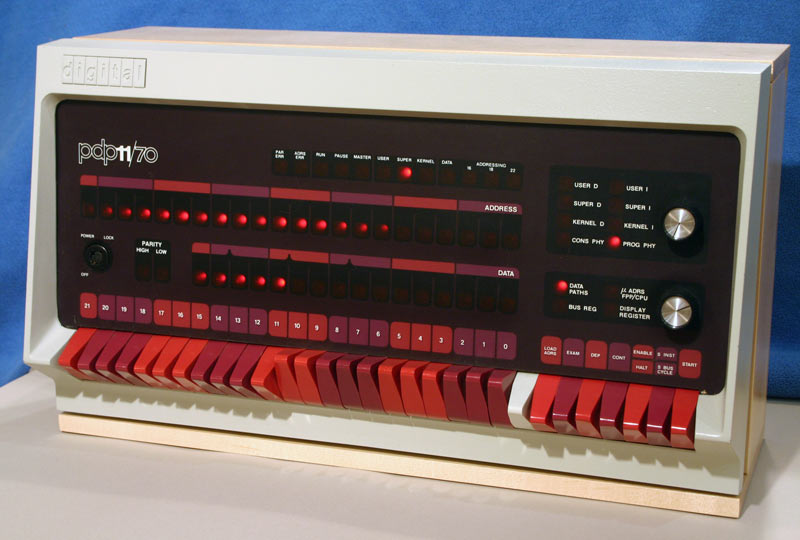At very least, if there’s a big university nearby that has some sort of “museum” in the computer department, see if they want it.
Yes, I entered a simple program exactly once back in the day - 1977, I think, with a PDP6.
The steps were all the same -
You have a sequence of bytes in machine language that should execute a program.
set the address, set the byte value in binary, using switches. Toggle “store”
Do same for next address. and the next, and the next…
When done - set address switches to entry point of program, toggle “EXECUTE”
The program will of course fail, almost nothing runs right first time.
Use the “EXAMINE” feature to look at memory locations to see what happened.
You can “STEP” one instruction at a time and “EXAMINE” to see where you went wrong as it executes.
I just did a test count loop.
To boot, you probably want a very simple program which says -
poke the value into the IO buffer that asks for a byte (I.e. from a paper tape reader)
read and move it to memory at X
increment X, repeat… until you’ve done Y bytes.
If you’re brave, then tell it to execute that and away you go…
When you’re sure, burn that program into a ROM and make it permanent memory.
Every loader device may be different, so there were no standard IO programs that every computer could ship with.
I have a reprint article someone in the department ordered back in the mid-70’s from Radio Electronics for their cover feature, an 8008 processor home computer. It had secondary project, a board with 256 bytes of RAM. A lot of early computing was about cheap and efficient ways to store a lot of data, for much earlier meanings of “a lot”. One fellow I worked with knew IBM 360 Assembler - he said he had to learn it to optimize his programs because the computer he first worked with did not have enough free RAM (40K?) to load the COBOL programs he’d written and compiled.
The story about Bill Gates is that he read a manual and used a teletype machine to hand-code a minimal basic and punch it onto teletype paper tape, took it to a computer show, since he didn’t have that computer - and it ran first time!

